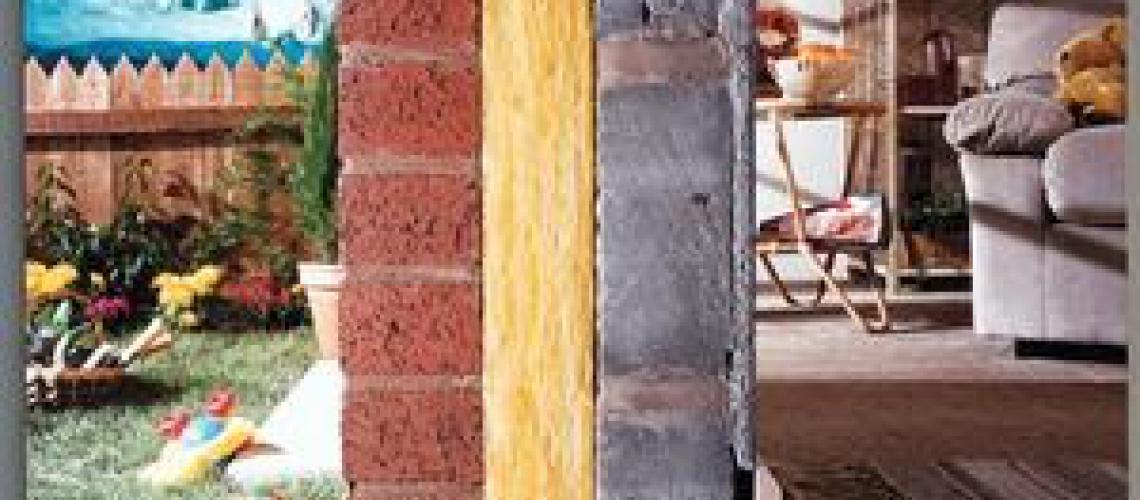Old home, cold home?

Solid vs cavity walls
Modern homes tend to be built with cavity walls. These came into widespread use after the Second World War and consist of two walls about 10cm thick, with a 5 to 8 mm cavity between them. Rust proof strips of metal are added to tie the inner and outer walls together.
There are several advantages to building homes with cavity walls:
-
Moisture can't travel from the outer wall to the inner wall.
-
The cavity reduces the transmission of heat from outside the house, to inside. Insulation can be added into the cavity, to further help. In general, cavity walls have 25% greater insulating value than solid walls.
-
They reduce the amount of sound coming into the home through the walls.
-
They are economical to build.
No cavity?
If you don't have cavity walls, it can be harder to keep the home warm, and harder to keep damp out. So solid wall insulation has been developed to try to help with these issues.
Older homes tend to have solid walls, so the data provided by the Valuation Office Agency on the Department of Communities and Local Government website is very helpful to pinpoint areas where there are more homes which are older, and likely to have solid walls, and which might therefore be good places to offer solid wall insulation along with other measures.
How does data help?
We have located data for Cambridgeshire, West Suffolk and Peterborough, showing the age band of homes as provided by the Valuation Office Agency, based on council tax records.
One set of data looks specifically at identifying areas with homes which may have solid walls, as part of the Warm Homes project. Homes have been grouped into three age bands:
-
Built before 1929.
-
Built between 1930 and 1939.
-
Built between 1945 and 2015.
Some build dates are not known, these are also counted. This is all at Lower Super Output Area level, which is quite detailed.
The three age bands
- Homes built before 1929 all tend to have solid walls, as cavity walls had not been invented.
- Homes built between 1930 and 1939 may or may not have solid walls. This is when cavity walls were becoming more popular but not yet "the norm".
- Very few homes were built 1939 to 1945 due to the second world war.
- On the whole, homes built since 1945 tend to have cavity walls.
So this data set helps us identify where we can find homes which are most likely to have solid walls, and therefore where a solid wall insulation project might want to focus its attention.
Need more detail?
A second set of data is also available, which adds further information about the dates homes were built, presented in ten-year bands. It also adds the number of homes in each Lower Super Output Area which fall into council tax bands A to H, which is less relevant to the solid wall insulation issue but may be useful for other purposes.
Local data can be found here:http://opendata.cambridgeshireinsight.org.uk/dataset/how-old-our-housing
Our fuel poverty atlas can be found here http://www.cambridgeshireinsight.org.uk/housing/existing-homes/fuel-poverty
Working with partners to improve standards in existing homes and encourage best use of all homes, is one of one of the Cambridge sub-regional housing board's four priorities. You can find out more here http://www.cambridgeshireinsight.org.uk/housing/housing-2015/existing-ho...
National data can be found here:https://www.gov.uk/government/statistics/council-tax-stock-of-properties-2015(see Table CTSOP1.1: Number of properties by Council Tax band and region, county, local authority district and lower and middle super output area).
Get in touch
If you have any thoughts, comment or feedback on this data please do get in touch. To do this, please email sue.beecroft@cambridge.gov.uk
If you "tweet" about it, please tag @CambsInsight (https://twitter.com/CambsInsight) as we'd love to see how the data is being used.
